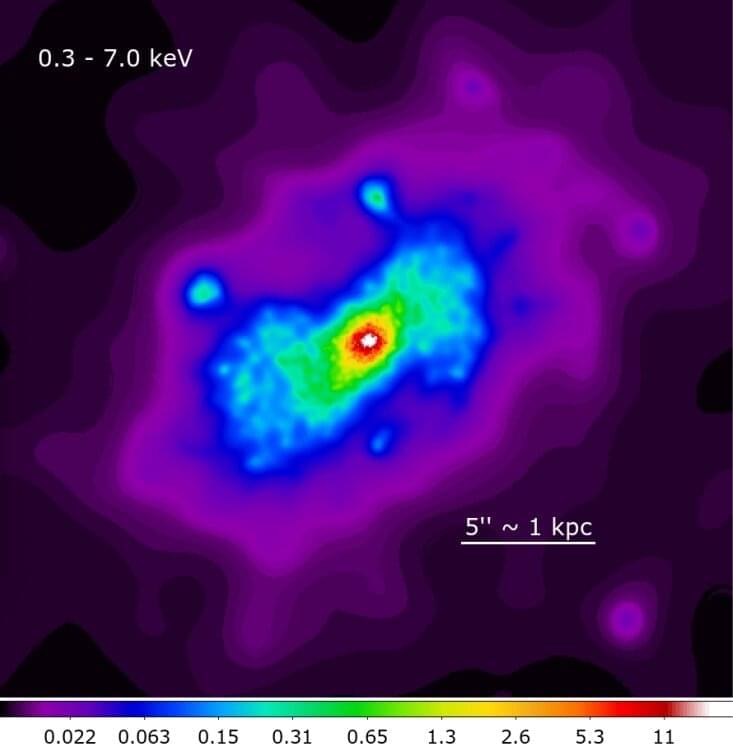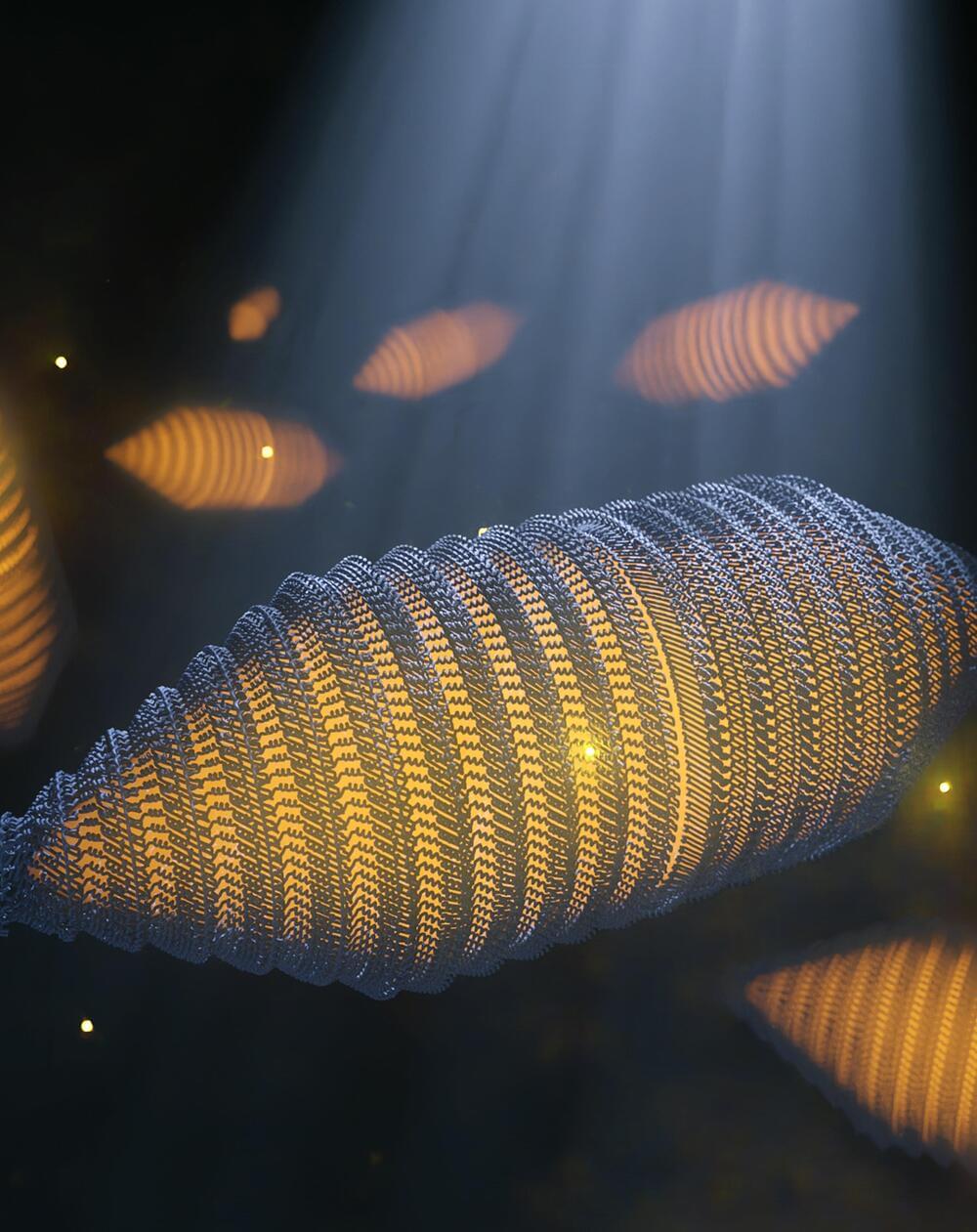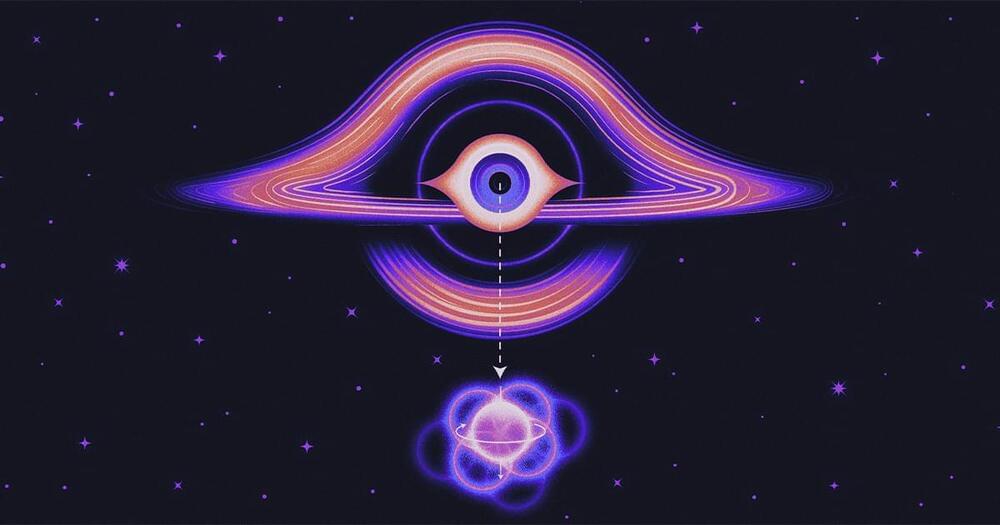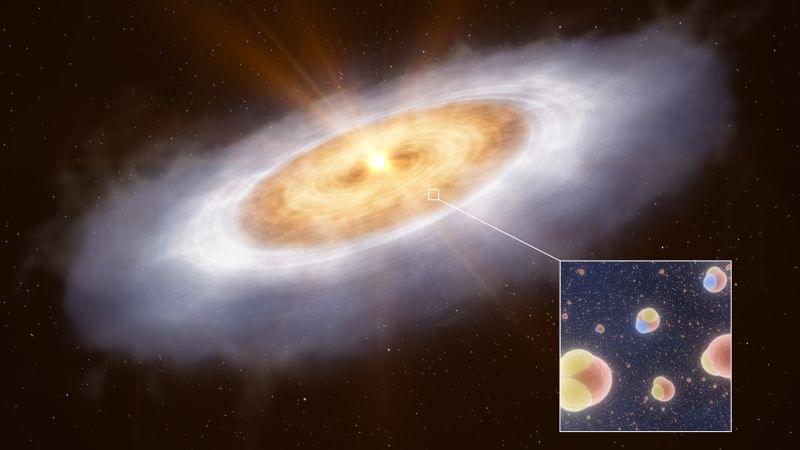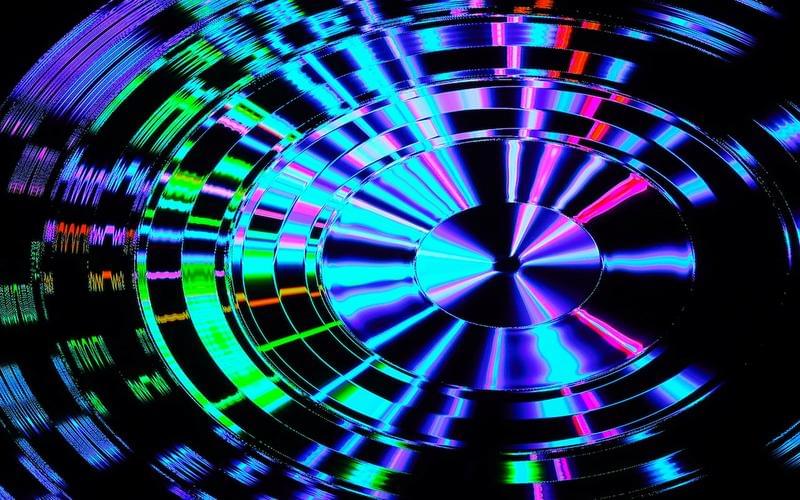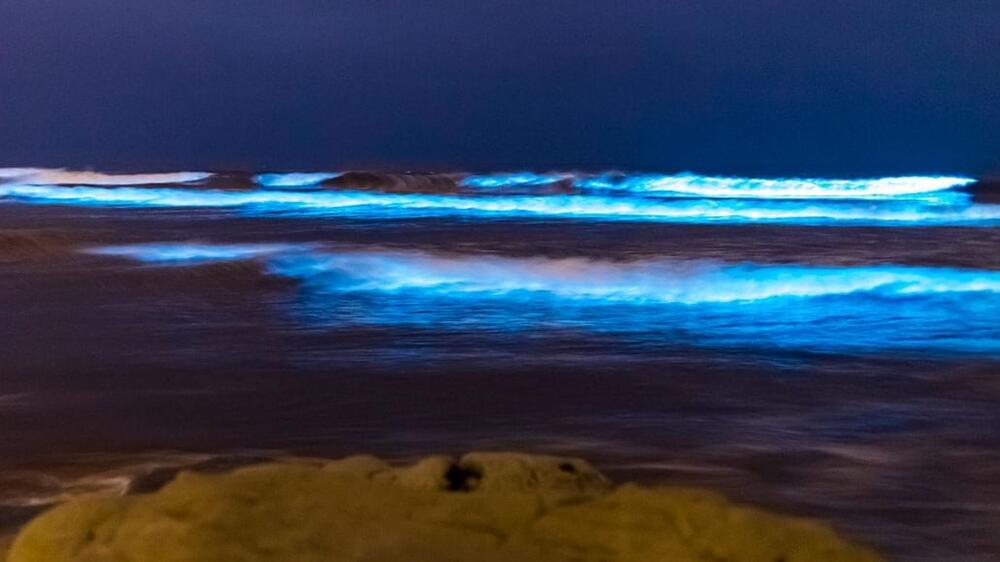Mar 8, 2023
Nearby active galaxy investigated with Chandra observatory
Posted by Genevieve Klien in category: cosmology
Using NASA’s Chandra X-ray observatory, astronomers have performed deep X-ray observations of a nearby active galaxy known as NGC 5,728 and its active galactic nucleus (AGN). Results of the observational campaign, published March 1 on the pre-print server arXiv, deliver important information regarding the properties of this AGN and the emission from it.
AGN are compact regions at the center of a galaxy, more luminous than the surrounding galaxy light. They are very energetic due either to the presence of a black hole or star formation activity at the core of the galaxy.
Located some 146 million light years away in the constellation of Libra, NGC 5,728 is an active barred spiral galaxy with a size of nearly 100,000 light years and an estimated mass of about 72 billion solar masses. It is a Seyfert galaxy of type 1.9, with a heavily obscured and complex AGN powered by a supermassive black hole (SMBH) at its center.
